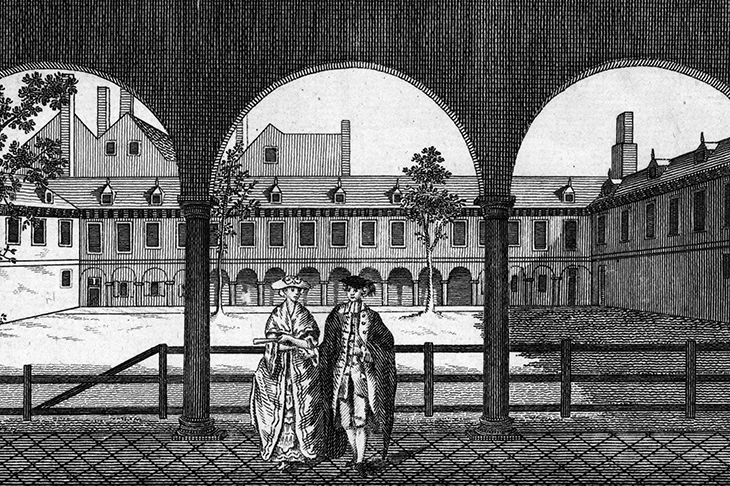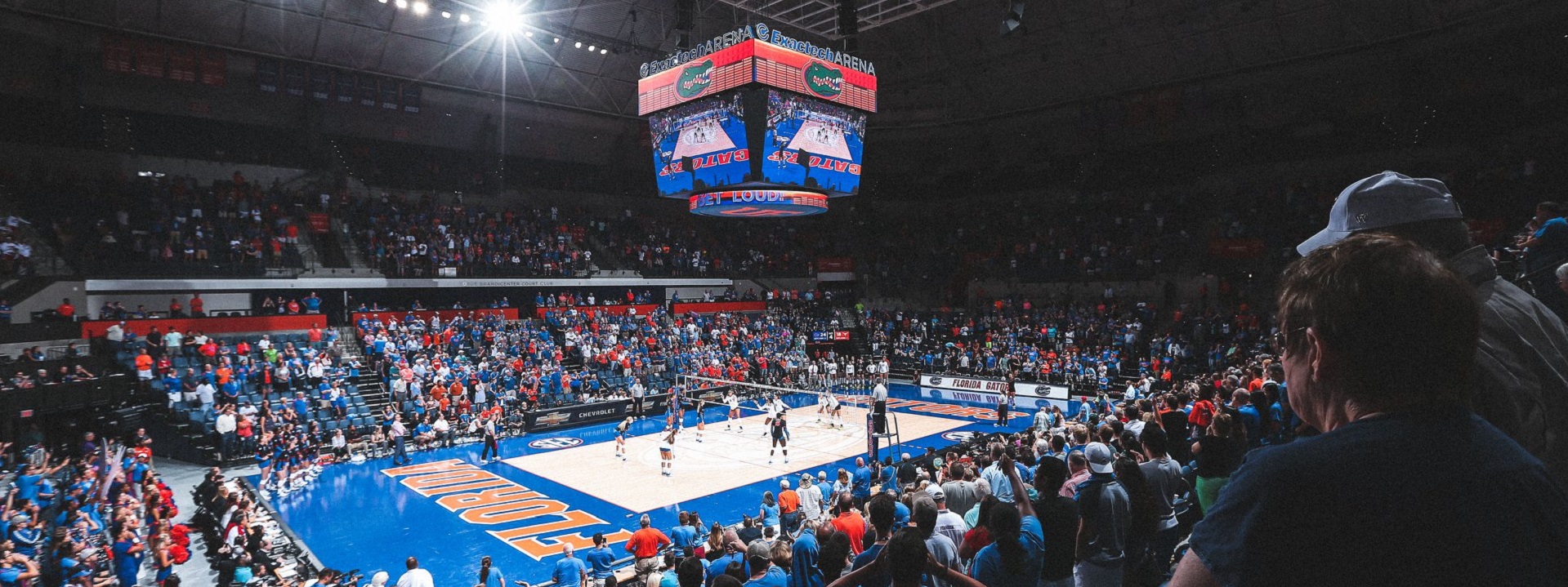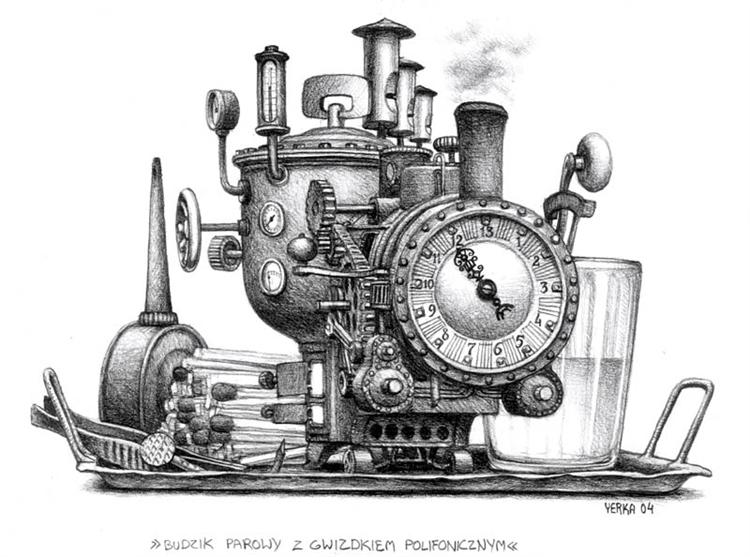“Alfie” 1966 | Burt Bacharach & Hal David, sung by Daisy@WokingCollege @AndrewShephard
print(“Evensong”)https://t.co/nRaoJGi3E5 pic.twitter.com/uSKZdodfwl— Standards Michigan (@StandardsMich) February 12, 2023
Form and Structure: The song doesn’t follow a standard verse-chorus pop structure. Instead, it’s more through-composed, with a flowing, almost conversational quality that mirrors the introspective lyrics by Hal David. It’s built around a series of melodic phrases that evolve rather than repeat predictably, giving it a cinematic feel suited to the film’s narrative. The AABA form is loosely present, but Bacharach stretches it with irregular phrase lengths and unexpected transitions.
Time Signature and Rhythm: Alfie is in 4/4 time, but Bacharach plays with rhythmic fluidity. The phrasing often feels asymmetrical—some measures stretch to five or six beats’ worth of melody over the 4/4 pulse, creating a sense of suspension. The tempo is moderate, around 60-70 BPM, allowing the vocalist room to linger on notes and emote.
Harmony:Bacharach’s harmonic language is where the technical brilliance shines. The song is in C major but frequently ventures into chromatic territory. It’s loaded with extended chords—think 7ths, 9ths, and 11ths—and passing modulations that keep the ear guessing. For example, the opening line (“What’s it all about, Alfie?”) starts with a simple Cmaj7 but quickly pivots to a G7 with a flat 9, then resolves unpredictably. These shifts create tension and release, mirroring the song’s questioning tone.
Melody: The melody is deceptively simple but fiendishly clever. It spans a wide range (over an octave), with leaps and stepwise motion that demand vocal control. Take the phrase “Is it just for the moment we live?”—it starts low, climbs a major 7th, then descends gracefully. Bacharach avoids repetition, so each line feels like a new thought, pulling the listener deeper into the philosophical musing.
Dynamics and Phrasing: The song ebbs and flows dynamically. It begins softly, almost whispered, then builds to a gentle climax around “Are we meant to take more than we give?” before retreating. Warwick’s delivery—smooth, with a touch of restraint—amplifies this. Bacharach’s conducting ensured the band followed her phrasing, not the other way around, giving it an organic, live feel.
Key Changes and Modulations: While the song stays rooted in C major, Bacharach sprinkles in momentary key shifts. For instance, the bridge (“As sure as I believe there’s a heaven above, Alfie”) flirts with A minor and F major, adding a bittersweet flavor before resolving back home. These subtle modulations keep the music unpredictable, reflecting the uncertainty of the lyrics.
Bacharach famously struggled to get this song right—recording it multiple times before settling on Warwick’s take after 18 tries. His perfectionism paid off: the interplay of technical complexity (those jazzy chords and odd phrase lengths) with musical accessibility (a singable, memorable melody) is what makes Alfie timeless. It’s not just a song; it’s a miniature drama, unfolding note by note.





















